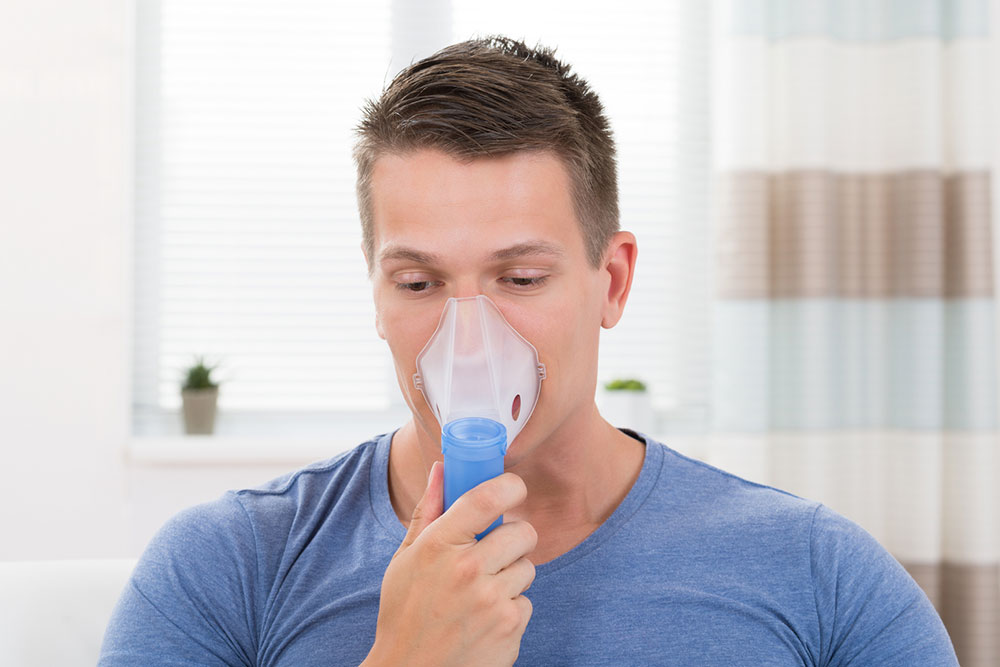Exploring the Causes and Effects of Chronic Obstructive Pulmonary Disease
This article explains the underlying mechanisms of COPD, including airway narrowing, alveolar destruction, and the effects of chronic bronchitis and emphysema on lung function. It highlights how tissue damage impairs oxygen intake and CO2 removal, causing breathing difficulties. The piece emphasizes key pathological features such as mucus buildup, alveolar wall degradation, and loss of lung elasticity, shedding light on the disease's impact on respiratory health.

Exploring the Causes and Effects of Chronic Obstructive Pulmonary Disease
In healthy lungs, air laden with oxygen travels through the nose or mouth into the trachea and branches into smaller airways called bronchi, eventually reaching tiny sacs known as alveoli. These alveoli expand during inhalation to absorb oxygen into the bloodstream and contract during exhalation to expel carbon dioxide. COPD disrupts this process through airway constriction and alveolar damage, reducing oxygen intake and CO2 clearance. Conditions such as chronic bronchitis cause airway swelling and mucus buildup, while emphysema results in alveolar wall breakdown, causing less elastic lungs and inefficient gas exchange.
Chronic Bronchitis: involves inflamed, mucus-filled, and narrowed airways. Muscle spasms and excess mucus block airflow, impairing the lungs' ability to clear mucus, which can cause airway swelling and plugging.
Emphysema: destroys alveolar walls, decreasing lung elasticity. This leads to air trapping, making breathing difficult, and reduces effective gas exchange.
Alveolar Function: normally, alveoli expand to take in oxygen and contract to release CO2. Damage in emphysema prevents full deflation, trapping air and lowering oxygen levels.
Alveolar Damage: increased elastase activity breaks down elastin, the elastic protein in lung tissue, weakening alveolar walls, similar to a worn-out balloon incapable of stretching or rebounding, impairing respiratory efficiency.


